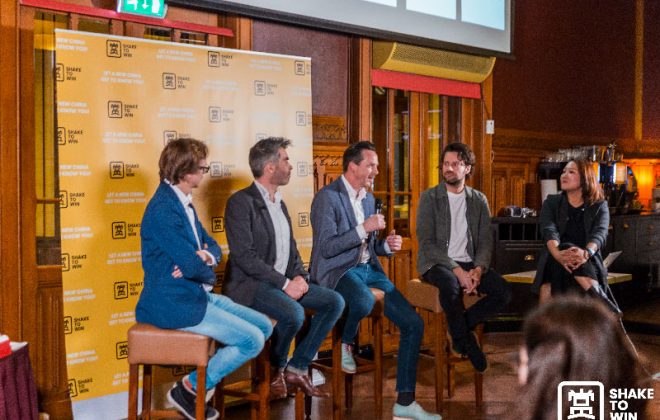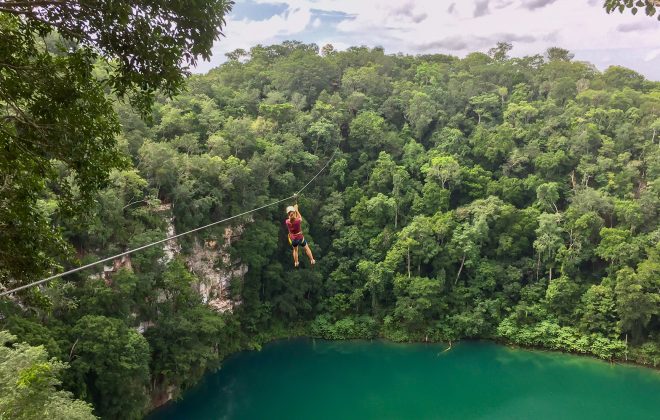Technology and Virtual Tourism

In past times, people only could afford to travel to certain places and live a relatively low number of experiences of tourism. Books, movies, and magazines would have ignited the imagination of people that wanted to go somewhere and know-how would it be to visit another place. The future is now, and though this is a statement we are so used to hearing, it is a reality that takes us beyond the borders of our country of residence.
Shake to Win is known to be up to date with the current trends and innovation in the Travel industry. This allows the company to offer a digital marketing platform for businesses in the tourism industry that aim to preserve ar and culture and can do so by targeting Chinese Millenials, independent travelers. 48% of travelers plan their trips based on interesting historical facts and heritage that makes a place unique. 35% of independent travelers choose to visit a destination to enjoy local food and drinks, and architecture. But with all those numbers in mind, how can technology satisfy the needs of the tourism industry?
We have narrowed five trends that virtual technologies follow to help companies offer the best services they can in the sector of tourism
Virtual Reality:
Apart from its application in the gaming industry, Virtual Reality has exploded in recent years, and its uses are broader now more than ever. Virtual reality headsets are more affordable as entertainment products, and 360-degree images and videos are of easy access to viewers. So, industries in the tourism sector are taking advantage of this technology to offer virtual tours of destinations and hotels, showcasing the best they have to provide to promote bookings.
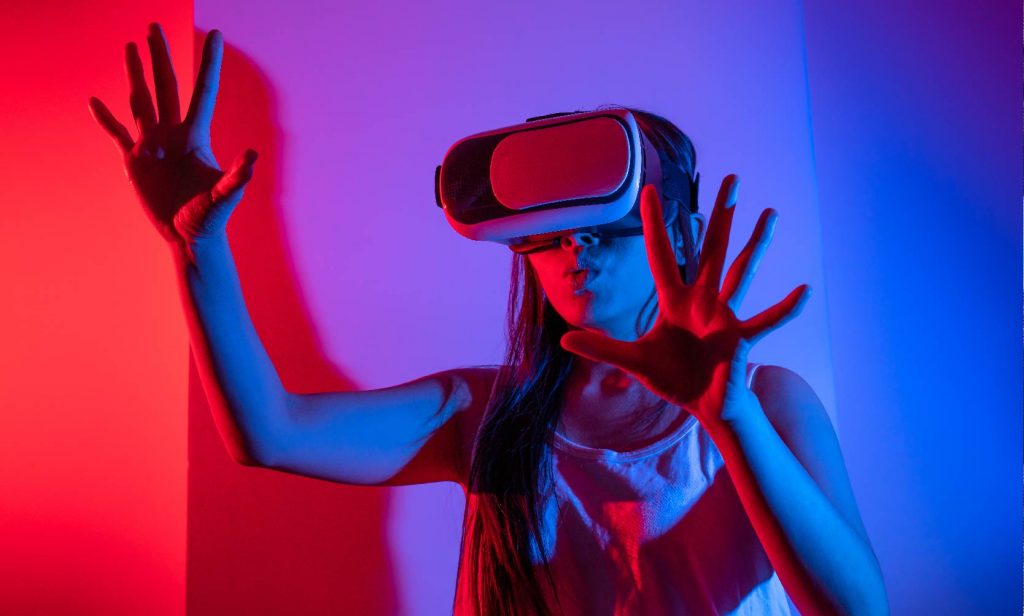
Augmented Reality:
Similar to Virtual Reality, this technology involves augmenting the real surroundings of a person. The main difference is that. In contrast, in Virtual Reality, you would need a headset with this particular technological trend. Still, with augmented reality, it only takes some graphical overlays; those in the tourism industry can significantly enhance the customer experience. One example of the success of this trend is the application in certain coffeehouses in Italy, where people can access the information of the house and its processes, directly pointing their devices to a wall with dots. In the devices, a map displays all the information in a virtual tour.
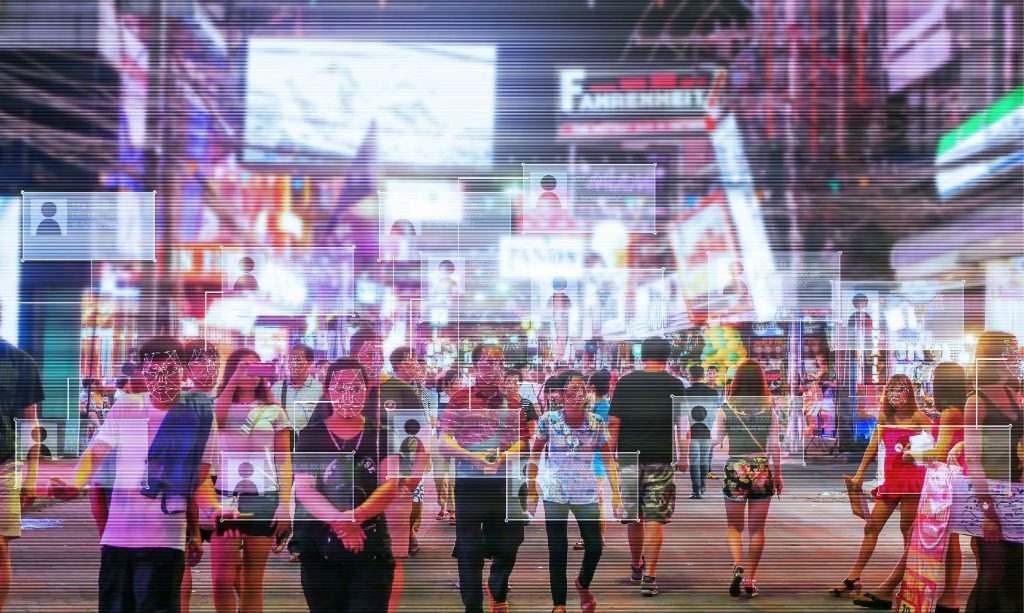
Personalize Travel and Recognition Technology:
A growing trend in travel, the idea of blending leisure or a personal vacation with Recognition Technology is especially impressive within this list of key tech trends, due to its potential for removing friction from purchases and making interactions more organic. The technology itself includes fingerprint recognition, facial recognition, retina scanning, and various other biometric identifiers. In combination with Personalize Travel, organizations implementing recognition technologies will allow access to places, rooms, and experiences to clients depending on the packages purchased by one face or a fingerprint.
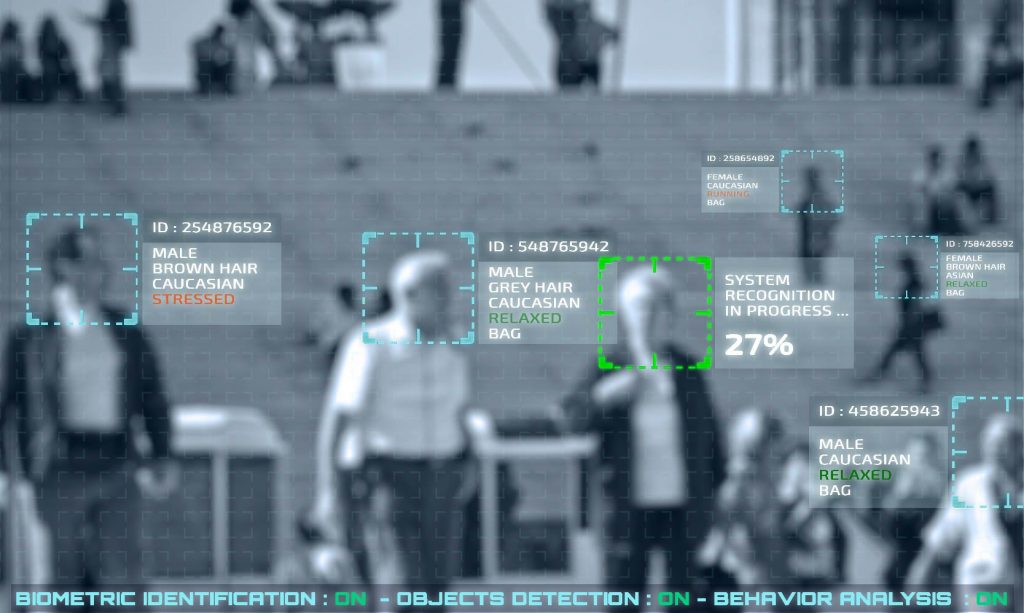
Robotics:
Deploying robots to attend to the needs of travelers was a thing only imagined in cartoons and science fiction movies and novels a decade ago. Yet, it is becoming increasingly prevalent the use of artificially intelligent robots, often equipped with speech recognition technology, to services costumers in areas such as information and catering.

Digital Ecosystems:
Now, our area of expertise. The creation of digital ecosystems allows travelers to know more about their surroundings and interact with specially curated places. At STW, we use our sticker not only as a way to get recognition by Chinese travelers visiting a country we are in, but also to inform about the place or experience they can visit. We filter down places following a list of criterium very well defined, so when businesses and organizations purchase our packages, we promote their experiences to our audience by showcasing particular information following the statistic mentioned before. For example, say a traveler is in the middle of Madrid with no idea where to go or what places to visit. The user can open the Shake to Win the app in his/her phone and reach all curated and selected spots by Shake to win. The selection is curated in efforts to preserve heritage and culture; this selección guarantees a worthwhile visit without having to do the heavy research. Businesses gain visibility in a digital space specially created to enhance their cultural value.
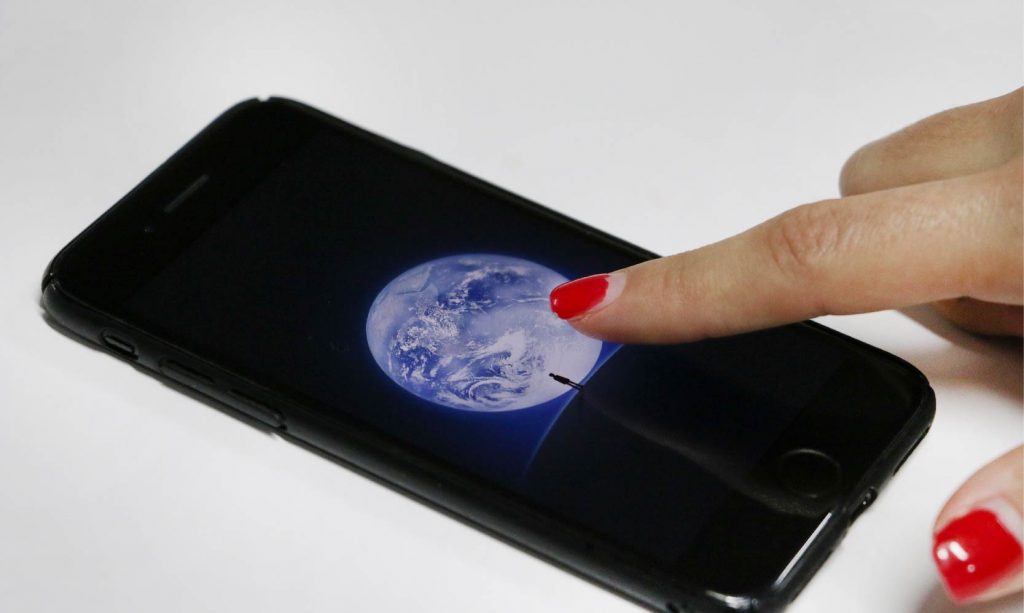
Shake to Win’s Founder and CEO Emily Cheung, an avid traveler and co-founder of “CREATEC”, an award-winning independent Chinese ad agency based in Shanghai and Hong Kong. Cheung saw an opportunity to select and curating spots all over the world that were interested in entering the Chinese market.
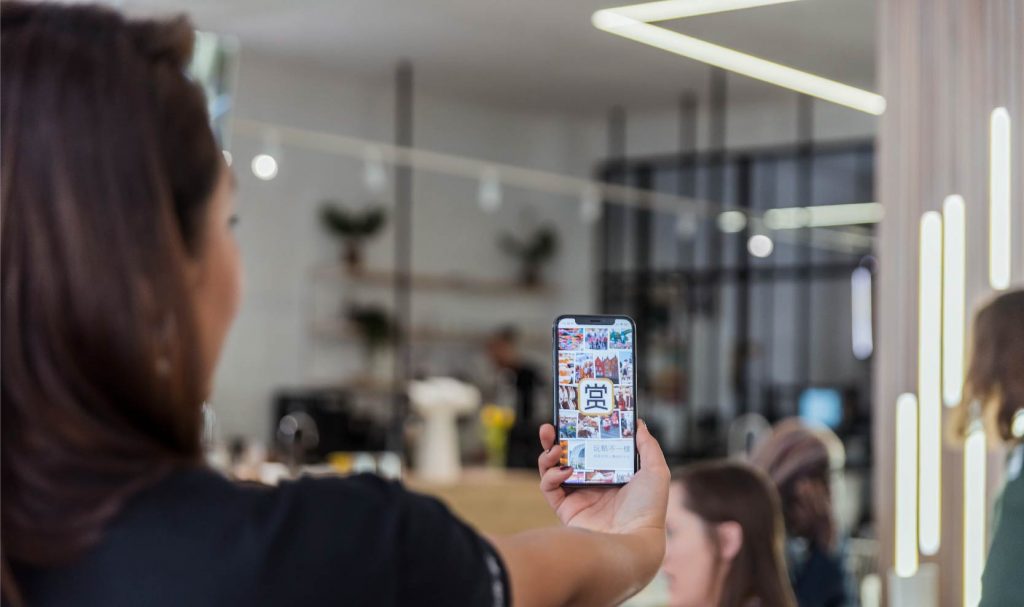
“At Createc Digital, we have created hundreds of projects and campaigns helping western companies to market themselves effectively to the Chinese consumer market, especially the Millennials segment.” she reflects. “Local businesses and tourism boards don’t have the resources that a big brand can bring to bear, but they still need a way to get access, spur interest, offer services, and receive payment, entirely within the transformation of China’s digital ecosystem. That’s what Shake to Win provides.”

There is a lot more to say about digital ecosystems, we invite you to read other articles in our blog related to this topic, and if you want to know more about our packages, please contact us at comm@shaketowin.net.

